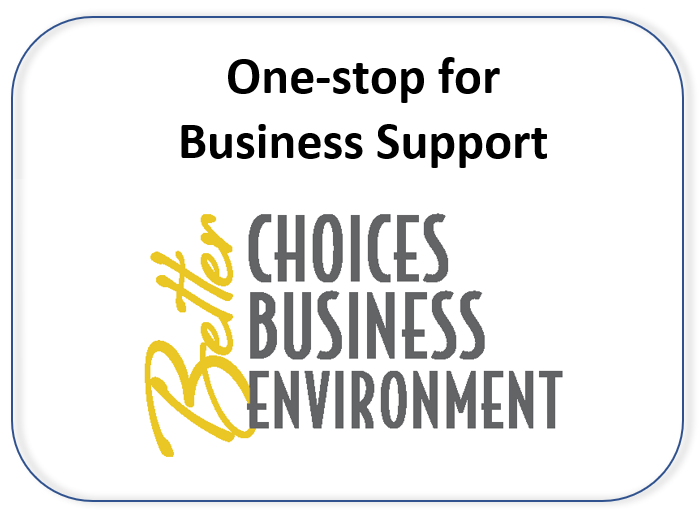Wastewater treatment plants
Wastewater treatment plants (WWTP) help other businesses control pollution by cleaning up their wastewater discharges. However, they will also have their own environmental requirements to manage.
Environmental regulations
Air pollution
To maintain continuous operations, the WWTP often use stationary internal combustion engines to operate generators for backup power generation. These engines create air pollution when combusting fuels that may include digester gas, natural gas, as well as diesel fuel. The following resources were created to assist the treatment plant operators understand the air pollution permit requirements for the engines and other combustion units they may operate to power their facility.
- WWTP and Water Supply Systems – Do I Need an Air Pollution Permit? (AM-506)
- How do I get a Registration Permit for my Wastewater Treatment Facility? (AM-488)
Air Toxics
U.S. EPA issued the final National Emission Standards for Hazardous Air Pollutants for Publicly Owned Treatment Works (POTWs), 40 CFR 63 Subpart VVV, in October 2017. The rule affects POTWs that are 5 MGD or greater. However, for a POTW to be affected by the rule it would need to be in a situation where either:
- an industrial facility relies on the POTW to be its control device to comply with another NESHAP; or
- the POTW is a major source of federal hazardous air pollutants.
For more information, review EPA's web page: Publicly Owned Treatment Works (POTW): National Emission Standards for Hazardous Air Pollutants (NESHAP).
Wastewater regulations
Wastewater treatment plants may encounter additional permitting requirements if they need to upgrade or change their operation. These changes should be discussed with their DNR plan reviewer. The plan submittal requirements for municipal and industrial sewerage systems page has information on what may be required for certain system changes.
| Additional resources |
|---|

